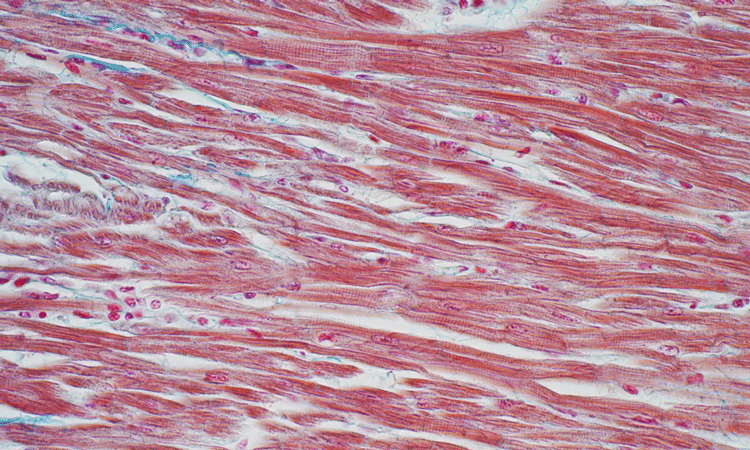Inhibiting kinase improves arrhythmogenic cardiomyopathy symptoms
Posted: 5 September 2019 | Victoria Rees (Drug Target Review) | No comments yet
A research team has found that blocking a particular kinase in a mouse model of arrhythmogenic cardiomyopathy led to improved survival rates.


Researchers have discovered that inhibiting a certain kinase improved arrhythmogenic right ventricular cardiomyopathy type 5 (ARVC5) in mice. The team say that their findings could be developed to produce a possible treatment for the condition.
The study was conducted at Centro Nacional de Investigaciones Cardiovasculares (CNIC) and Puerta de Hierro Majadahonda Hospital, both in Spain.
ARVC5 is the most aggressive subtype of arrhythmogenic cardiomyopathy and is caused by a mutation in the TMEM43 gene.
“The mechanisms underlying this disease are unknown and there is currently no cure,” said Dr Enrique Lara Pezzi, a group leader at the CNIC.
The research groups developed a transgenic mouse model that expresses the mutant version of the human protein TMEM43 and mimics the human disease. They discovered that the mutant protein activates the protein kinase GSK3β. This led to the progressive death of heart cells, which are replaced by fibrotic tissue, a characteristic sign of the disease.
“After a few months, the hearts of these mice had too few cells to pump blood efficiently and the heart failure resulted in the death of the animals,” explained first author Laura Padrón-Barthe.


Expression in mouse hearts of the human TMEM43 protein carrying the p.S358L mutation causes cardiac fibrosis and dilation. Upper panels show images of control hearts from wild-type (wt) mice. Lower panels show images of hearts from mice expressing the mutant TMEM43 protein (TMEM43mut) [credit: CNIC].
The researchers tested several possible therapeutic approaches in the mouse model. Although treatments targeting fibrosis were ineffective, positive results were obtained with two strategies inhibiting GSK3β. One was based on pharmacological inhibition and the other on overexpression of the calcineurin subunit CnAβ1. According to the researchers, both approaches reduced the rate of cardiac cell death, improved cardiac contraction and prolonged survival.
The team is now working to translate the results to patients, using the mouse model to test drugs for treating human heart failure to see if they are effective against ARVC5.
The results were published in Circulation.
Related topics
Disease research, Drug Targets, Kinases, Protein, Protein Expression, Research & Development
Related conditions
arrhythmogenic right ventricular cardiomyopathy type 5 (ARVC5)
Related organisations
Centro Nacional de Investigaciones Cardiovasculares (CNIC), Circulation, Puerta de Hierro Majadahonda Hospital
Related people
Dr Enrique Lara Pezzi, Laura Padrón-Barthe



